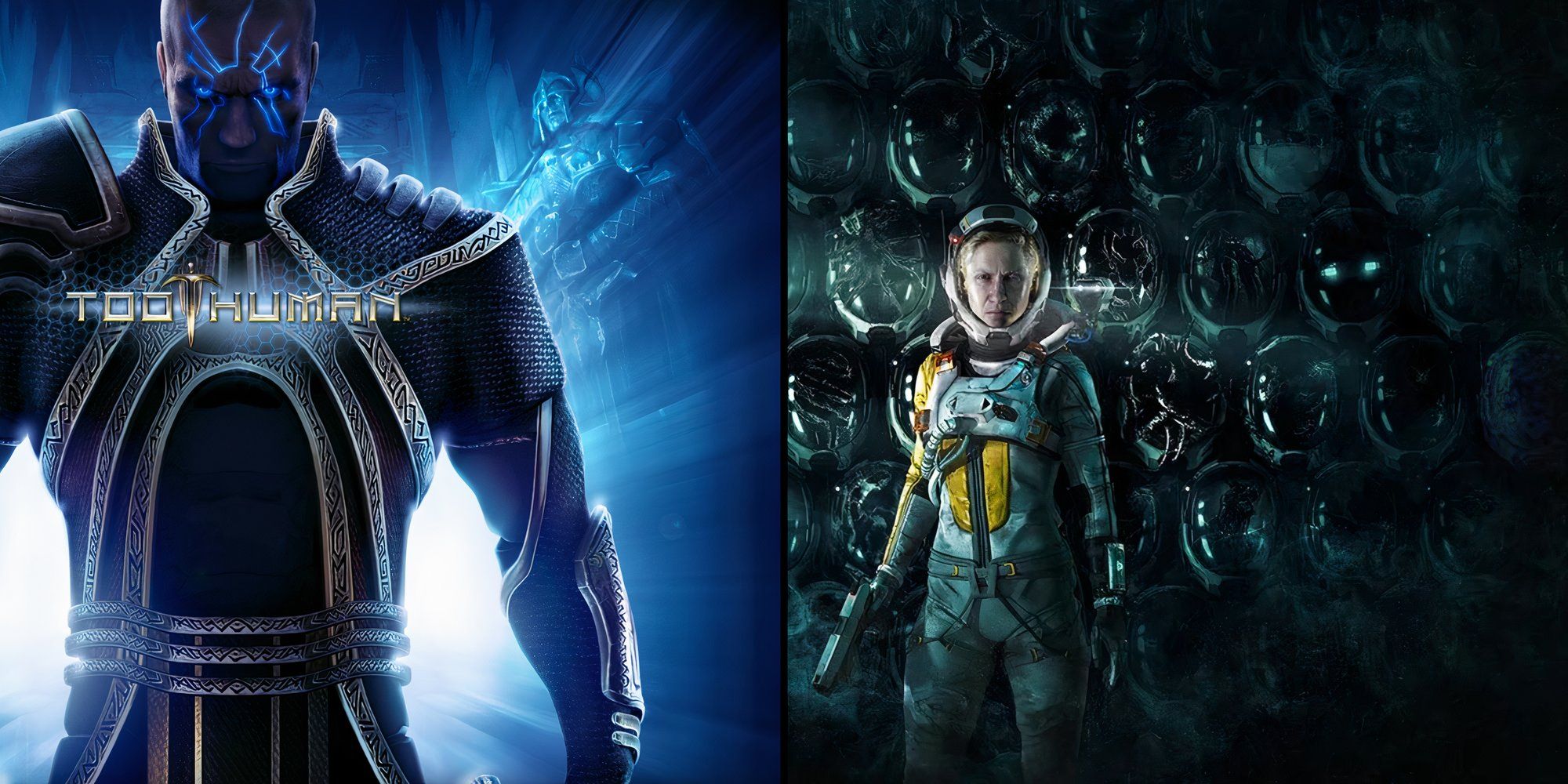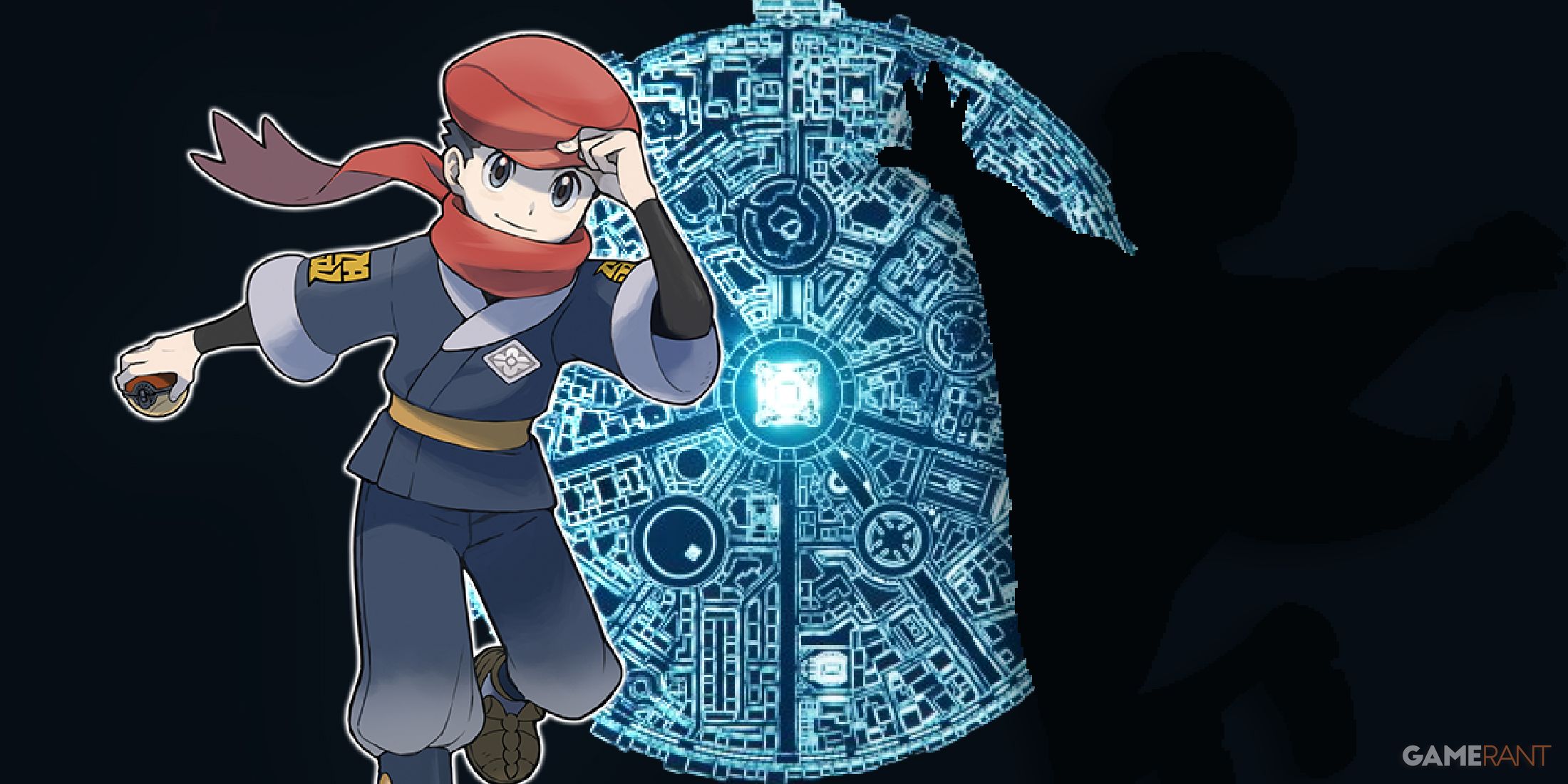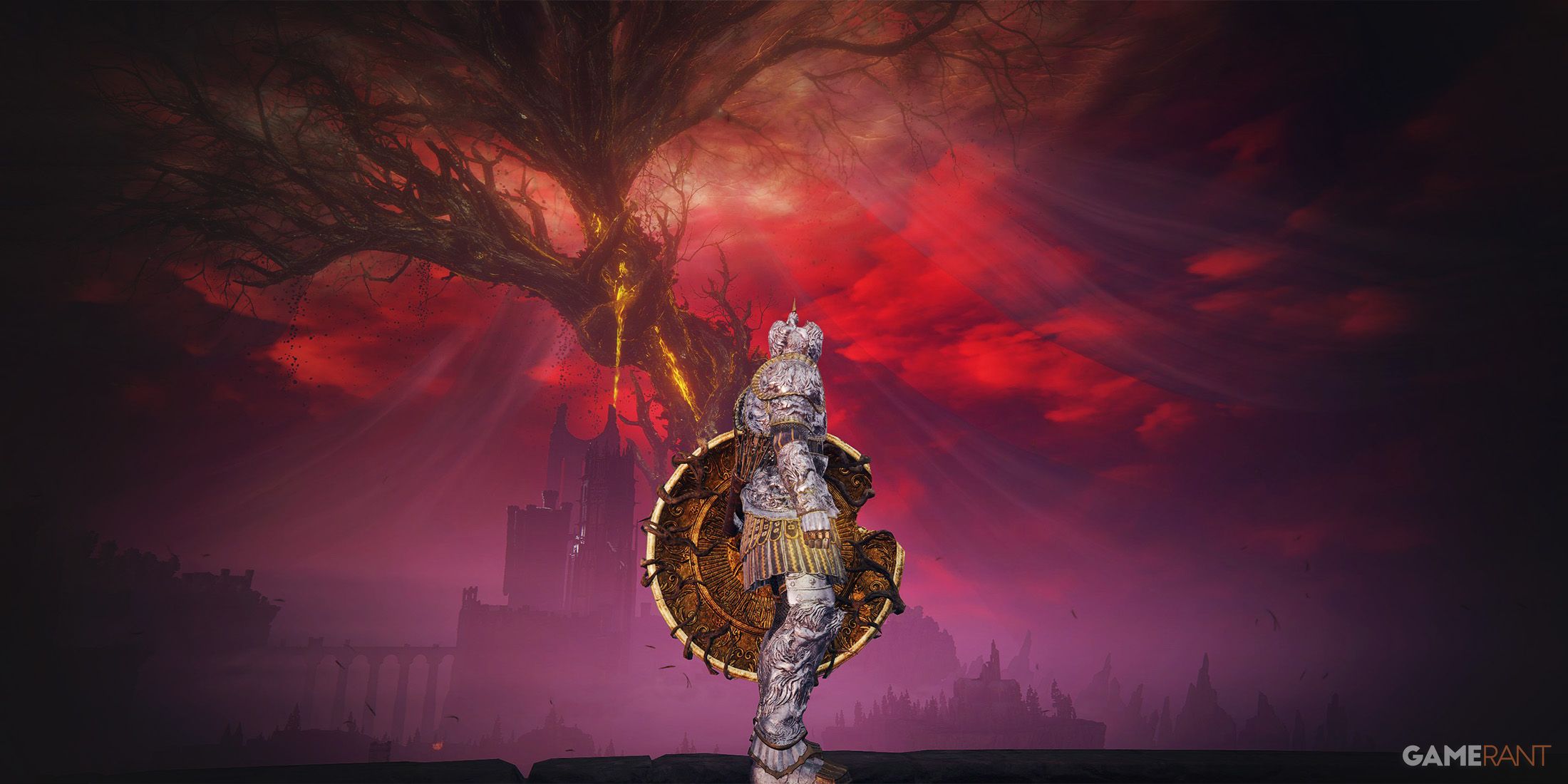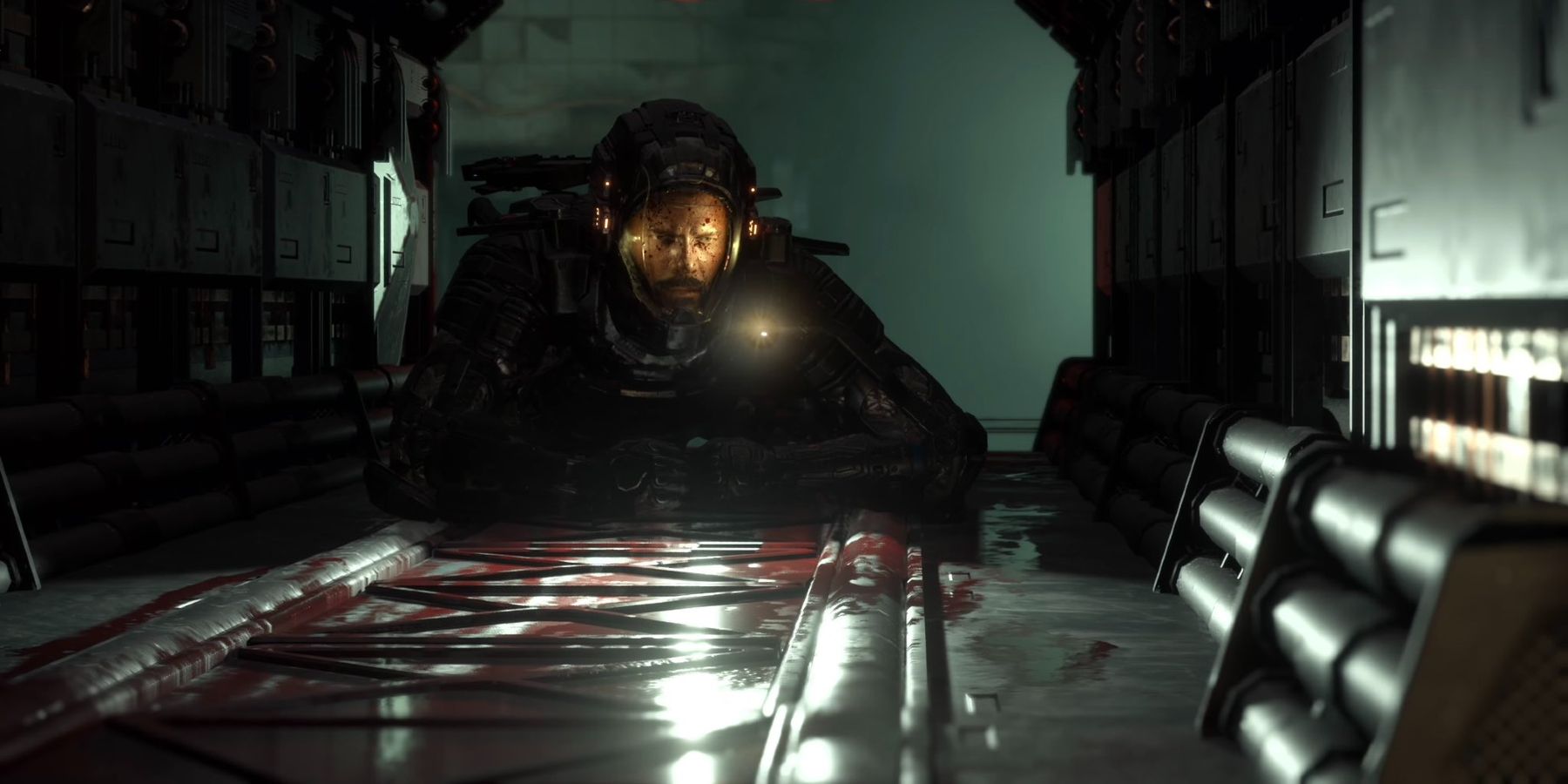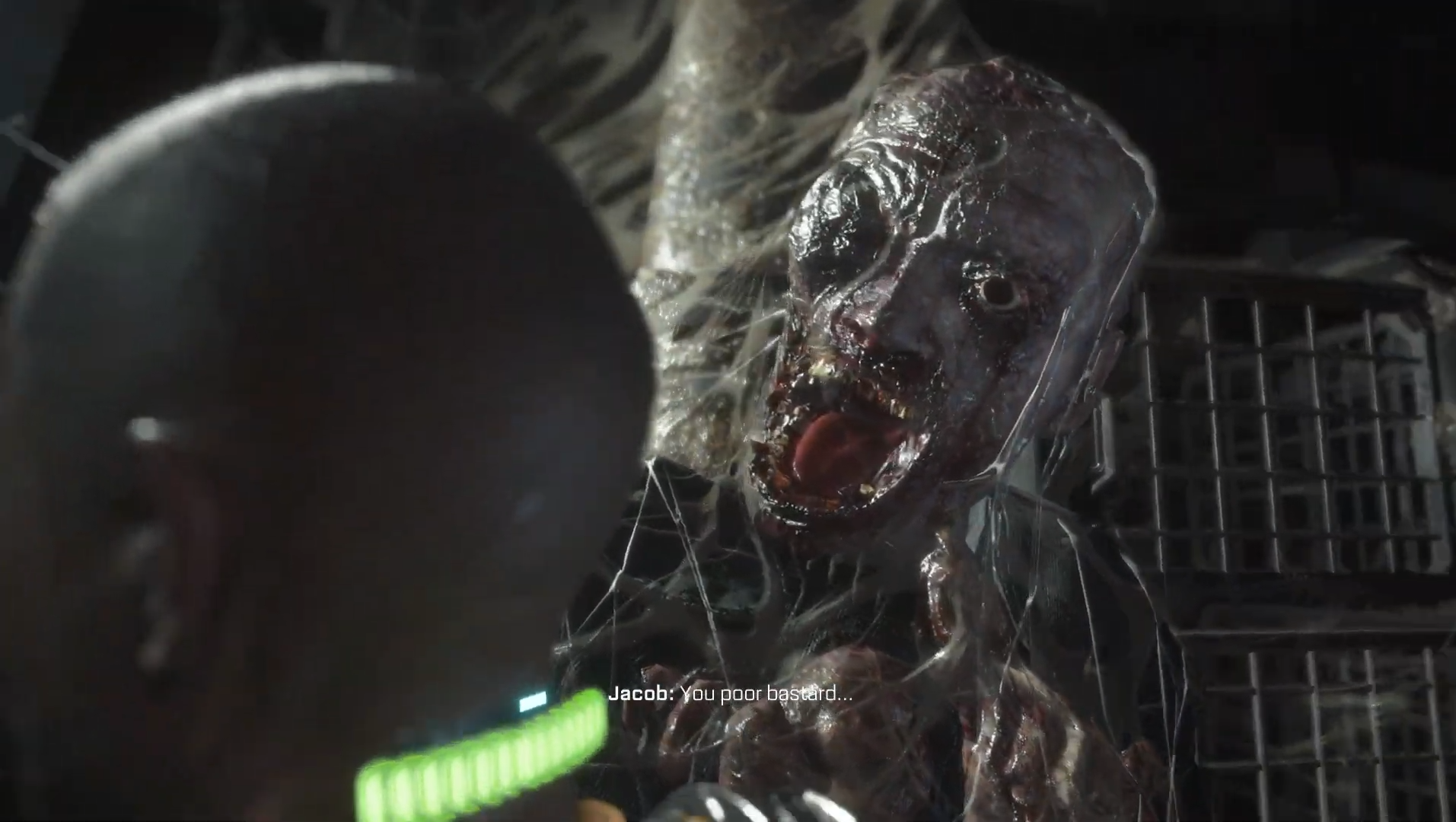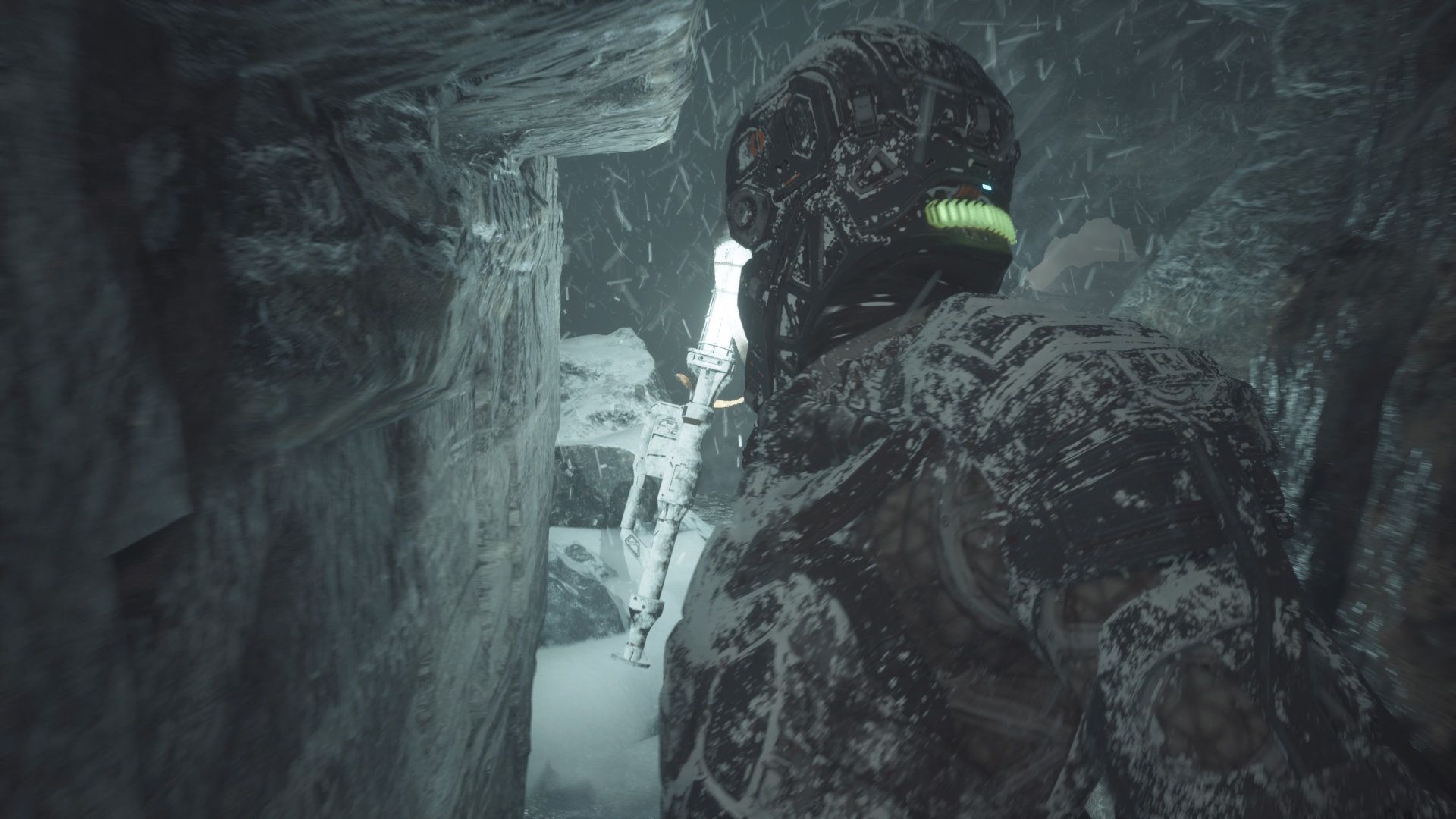The Callisto Protocol’s strength is that it harkens back to the Xbox 360 era of action-shooters when survival-horror was reinventing itself. In an attempt to bottle the magic that Dead Space has as a science-fiction survival-horror game, The Callisto Protocol features grotesque biophage enemies and allows players to hurl these creatures around the environment when they are low on ammunition. Gameplay revolves around these enemy encounter set pieces, but between them, Striking Distance Studios and Krafton's game is incredibly claustrophobic and saturated with squeeze-through shimmy sequences.
Movement in many of these action-shooters is limited in an effort to not let players flee from an encounter reliably. The Callisto Protocol’s movement is terribly limited in combat, but it is also restricted in moments where players are idly exploring Black Iron Prison. The entire game is extremely linear, and that would also be fine if not for how often players must drag themselves through a tight shimmy. Much of The Callisto Protocol’s regular movements eventually boil down to shimmying, which is extremely detrimental to the entire experience and pads it out.
The Callisto Protocol’s Movement is Bogged Down by Shimmying
If there is not something to loot in the immediate area, players are always shimmying through a squeeze-through or navigating crawl spaces and ventilation ducts while prone. The argument could be made that The Callisto Protocol’s linear corridors are not ripe with creative platforming or exploration regardless, but squeeze-throughs pad out the experience and throttle the game’s pacing.
There is one squeeze-through where a cocooned biophage suddenly opens its eye as players pass it, but that is the only attempt at a shimmy jump-scare that The Callisto Protocol attempts. If more attempts at jump-scares were made it might have become tiresome, but at least it would have shown an initiative to make these painfully dull sequences exciting. It is also not enough to blame hidden loading screens on the archaic nature of the PlayStation 4 and Xbox One’s hardware.
If there had been several shimmies to accommodate for hidden loading screens that would have been acceptable, but there is a shimmy sequence in almost every instance of regular movement throughout the game, often with one leading directly into another. Unfortunately, The Callisto Protocol’s combat does not do enough to hold up its own portion of gameplay and satisfyingly round out the game’s shimmy sequences.
The Callisto Protocol’s Checkpoint System Punctuates Its Shimmy Sequences
Having to push Jacob Lee through seemingly endless squeeze-throughs is noninteractive and monotonous, but the true tedium of shimmy sequences comes from The Callisto Protocol’s abysmal checkpoint system. If players die in an encounter, there is a great likelihood that the game will send players back further than they might expect.
Most times, the checkpoint triggers before a large shimmy sequence or even before players purchase or sell items at a Reforge Station. There is no rhyme or reason to why The Callisto Protocol’s checkpoint system does this, but it can be infuriating after multiple deaths where players will then have to repeatedly purchase and sell what they want, and shove themselves back through a shimmy sequence in each subsequent attempt. This discourages players from exploring many side paths, though it is difficult to discern which path will lead to loot and which path leads players to where their destination is. Either way, because players are constantly shimmying or crawling, The Callisto Protocol’s pacing is slowed to a halt and makes each death that much more frustrating.
The Callisto Protocol is available now on PC, PS4, PS5, Xbox One, and Xbox Series X/S.

